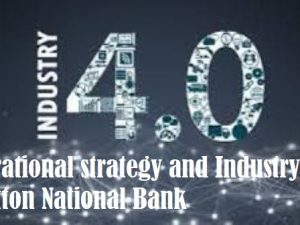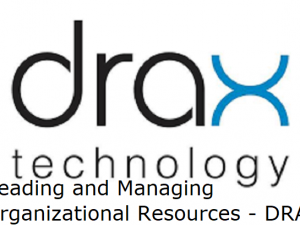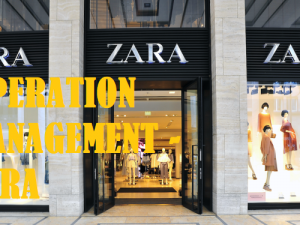| Preview |
1.0 Introduction
Unilever is the one of leading multiple national company which operate all over the world. The objective of this report is to extensively analysis the operation management aspect of the Unilever Lanka. Unilever Lanka has many famous home, food and beverages and personal care brands such as signal, pears, lux, life boy, clear and etc. Most of these products have the highest and second highest market share in that particular market.
Operations is often define as a transformation process. Operation Management refer the systematic approach to designs, operates and improves productive systems. Operation managers has many roles and responsibilities regarding design systems, ensure quality, produce products and delivery services. Activities in operation management include organizing work, selection processes, arranging layouts, locating facilities, designing jobs, measuring performance, controlling quality, managing inventory, scheduling works and planning productions. Further they have to work with customers, suppliers, latest technologies and many stakeholders. Finance, procurement, finance and marketing can be identified as four primary functional operation areas of any firm.
According to some studies, operations management get together many disciplines and give an integrated view of organization. Currently due to new technologies, operation management approach has been changed drastically. Further concept such as green manufacturing, environmental friendly operational concepts have been introduced recently. Especially as a manufacturing company, Unilever need to consider all these factors. Unilever vision is to grow the business, while decoupling their environment footprint from their growth and increasing their positive social impact.
This study will explain the input- process-output model of the Unilever Lanka and assess the strength of an operation strategy. Further here it is described that the purpose and importance of capacity management. Further in here it will extensively discuss about supply chain management, quality management, inventory management, innovation, technology and knowledge management and customer service management.
2.0 Literature review
Strategy expresses the aspects both direction and implementation. The aspects of direction consider the approaches that a company can use to support to select the relevant markets that need to compete, understand the competitive drivers in the markets when assess how influence its market position with regards to its competitors. Implementation consider how it can achieve the competitive advantage by prioritizing where and how to allocate company’s key resources, time and the money. (Hill, 2018).
According to Slack and Lewis (2015), operation strategy need to reflect the business strategy of the company and need to upgrade based on the day to day activities. Further operational strategy need to satisfy the market requirements.
According to Russel and Taylor (2014), the input-process- output model is characteristic of a wide variety of operating systems. This model is widely used model to describe the manufacturing process. Process Flow chart is a visual presentation of the order of the steps and decisions need to be taken in the process. This help to examine all aspects of a process to improve the operation. In this report, it will illustrate the process flow chart and process interaction chart of Unilever Manufacturing. Process interaction Charts are the requirement of ISO standards and those are further help to conduct operation audit.
Sales and operations planning is an aggregate planning process that determines the resource capacity an organization will need to meet its demand over an intermediate time horizon. Further in this report it will discuss about process planning. Process planning take the decision related to outsourcing decisions and process selection.
Further supply chain management (SCM) play critical role in operation strategy. SCM aim on integrating and managing the flow of goods, services and information for make them responsive to customers’ requirements effectively and reduce the cost. Quality is a key aspect of household products. According to The American society for quality, quality can be defined as the characteristics of a product or a service which stand on its ability to satisfy stated or implied needs.
|





